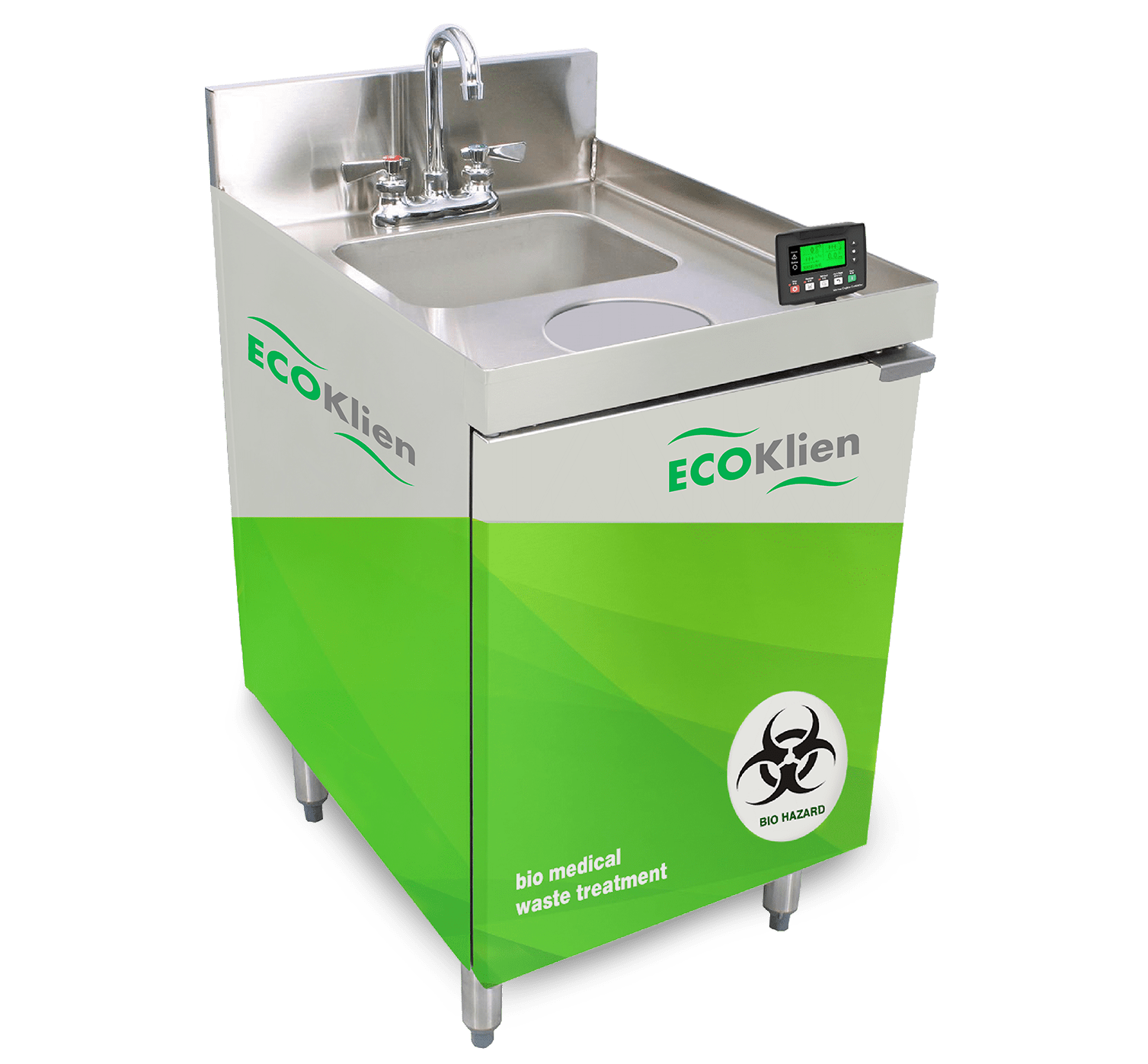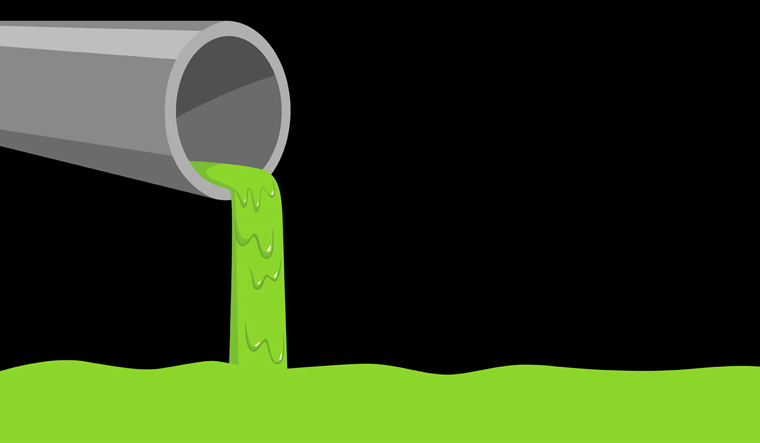Industrial Wastewater Treatment: Advanced Techniques for Effective Management
Wiki Article
How Fluid Garbage Disposal Functions: A Detailed Overview of Strategies and Technologies Used

Review of Fluid Waste Types
The intricacy of fluid waste types demands a detailed understanding of their characteristics and implications for disposal. Fluid waste can generally be categorized right into several types, consisting of industrial, metropolitan, farming, and dangerous waste. Each classification shows distinct residential or commercial properties, calling for specific management methods to reduce environmental and wellness dangers.
Industrial fluid waste stems from manufacturing processes and commonly contains a series of pollutants, such as hefty steels, solvents, and organic substances. Local liquid waste, largely making up wastewater from homes and commercial facilities, contains natural issue, nutrients, and virus (industrial wastewater treatment). Agricultural fluid waste, consisting of runoff from ranches, may contain fertilizers, chemicals, and pet waste, posing dangers to water quality and environments
Harmful liquid waste is identified by its poisoning, sensitivity, or potential to trigger harm. This classification includes compounds like acids, bases, and specific chemicals that require strict handling and disposal protocols. Comprehending these varied liquid waste types is crucial for creating reliable disposal techniques and ensuring compliance with ecological policies. Correct category and characterization are important for executing proper therapy techniques and reducing the unfavorable effects on public wellness and the atmosphere.
Physical Treatment Methods

Screening is the first action, where bigger fragments and debris are removed from the liquid waste using displays or grates. This process protects downstream tools from damages and guarantees smoother procedure. Adhering to screening, sedimentation uses gravitational pressure to different solids from liquids. In sedimentation tanks, heavier fragments work out at the bottom, creating a sludge layer, while the made clear fluid can be more treated.
Filtering is one more crucial technique that involves passing the fluid with permeable materials, such as sand or membranes, to capture smaller sized bits. This action improves the quality of the liquid, making it ideal for succeeding treatment procedures.

Chemical Treatment Strategies
Chemical therapy methods are crucial for successfully managing liquid waste, especially in addressing dissolved and colloidal contaminants that physical methods may not adequately remove. These techniques utilize numerous chemical agents to reduce the effects of, precipitate, or change harmful substances right into less hazardous types.One usual technique is coagulation and flocculation, where chemicals such as alum or ferric chloride are included in advertise the gathering of put on hold particles. This process enhances sedimentation, permitting easier elimination of the resulting sludge. Additionally, oxidation processes, utilizing agents like chlorine or ozone, are used to damage down complicated organic compounds and pathogens, rendering the waste more secure for discharge or further treatment.
Neutralization is another vital technique, which changes the pH of acidic or alkaline waste streams to neutral degrees, preventing prospective damage to more tips here downstream systems and the atmosphere. In addition, progressed oxidation processes (AOPs) make use of mixes of oxidants and ultraviolet light to degrade relentless toxins, achieving a higher degree of treatment effectiveness.
Biological Treatment Procedures
Organic therapy procedures play a vital function in the administration of liquid waste by using microbes to decay raw material and minimize impurity levels. These procedures can be broadly categorized into anaerobic and cardio treatments, each utilizing details microbial neighborhoods to attain reliable waste degradation.Cardio treatment involves using oxygen to promote the break down of organic materials by bacteria. This procedure is typically carried out in turned on sludge systems, where aeration storage tanks provide a conducive setting for microbial development, resulting in the oxidation of organic pollutants. The resultant biomass can be separated from treated effluent via sedimentation.
In comparison, anaerobic treatment takes place in the absence of oxygen, relying upon various microorganisms to break down natural issue. This technique is specifically advantageous for high-strength waste, as it generates biogas, a renewable power resource, while lowering sludge production. Technologies such as anaerobic digesters are often utilized in municipal and industrial applications.
Both cardio and anaerobic organic treatments not only lessen the environmental influence of liquid waste yet also assist in resource recuperation, making them vital components of lasting waste management approaches. Their performance, click to read more versatility, and effectiveness support their extensive execution throughout different fields.
Emerging Technologies in Disposal
Innovative techniques to fluid garbage disposal are quickly progressing, driven by improvements in innovation and a raising emphasis on sustainability. Amongst these emerging technologies, membrane bioreactors (MBRs) have actually obtained traction for their capability to combine organic therapy with membrane filtration, leading to premium effluent that can be reused in various applications. MBRs enable smaller footprints and extra effective operations contrasted to traditional systems.One more encouraging development is making use of anaerobic food digestion incorporated with nutrient recuperation technologies, which not just treats fluid waste but additionally generates biogas and recovers valuable nutrients like nitrogen and phosphorus. This dual advantage improves resource efficiency and lowers environmental impact.
In addition, advanced oxidation procedures (AOPs) are being taken on for the destruction of complex natural pollutants. These techniques make use of effective oxidants and catalysts to break down impurities at the molecular degree, supplying a highly reliable service for challenging waste streams.
Moreover, the combination of artificial knowledge and artificial intelligence in waste administration systems is maximizing operational effectiveness and anticipating maintenance, resulting in reduced prices and enhanced environmental compliance. These modern technologies mirror a substantial shift in the direction of more lasting and effective fluid waste disposal methods.
Verdict
Finally, efficient fluid garbage disposal requires a detailed understanding of various methods and modern technologies. The integration of physical, chemical, and organic treatment approaches ensures the effective management of diverse waste kinds. Moreover, the introduction of ingenious technologies improves treatment efficiency and advertises sustainability in waste monitoring practices. By continually advancing these methodologies, it comes to be feasible to deal with the expanding challenges related to fluid waste, eventually adding to environmental management and resource healing.Fluid waste disposal is an essential facet of ecological administration, needing an try these out extensive understanding of various methods and technologies tailored to different waste types. Liquid waste can extensively be categorized right into numerous types, including commercial, metropolitan, agricultural, and unsafe waste. Agricultural liquid waste, consisting of drainage from ranches, may have fertilizers, chemicals, and pet waste, posing risks to water high quality and ecosystems.
Numerous physical treatment methods play a critical role in taking care of fluid waste effectively - industrial wastewater treatment.In final thought, reliable liquid waste disposal requires a detailed understanding of different techniques and modern technologies
Report this wiki page